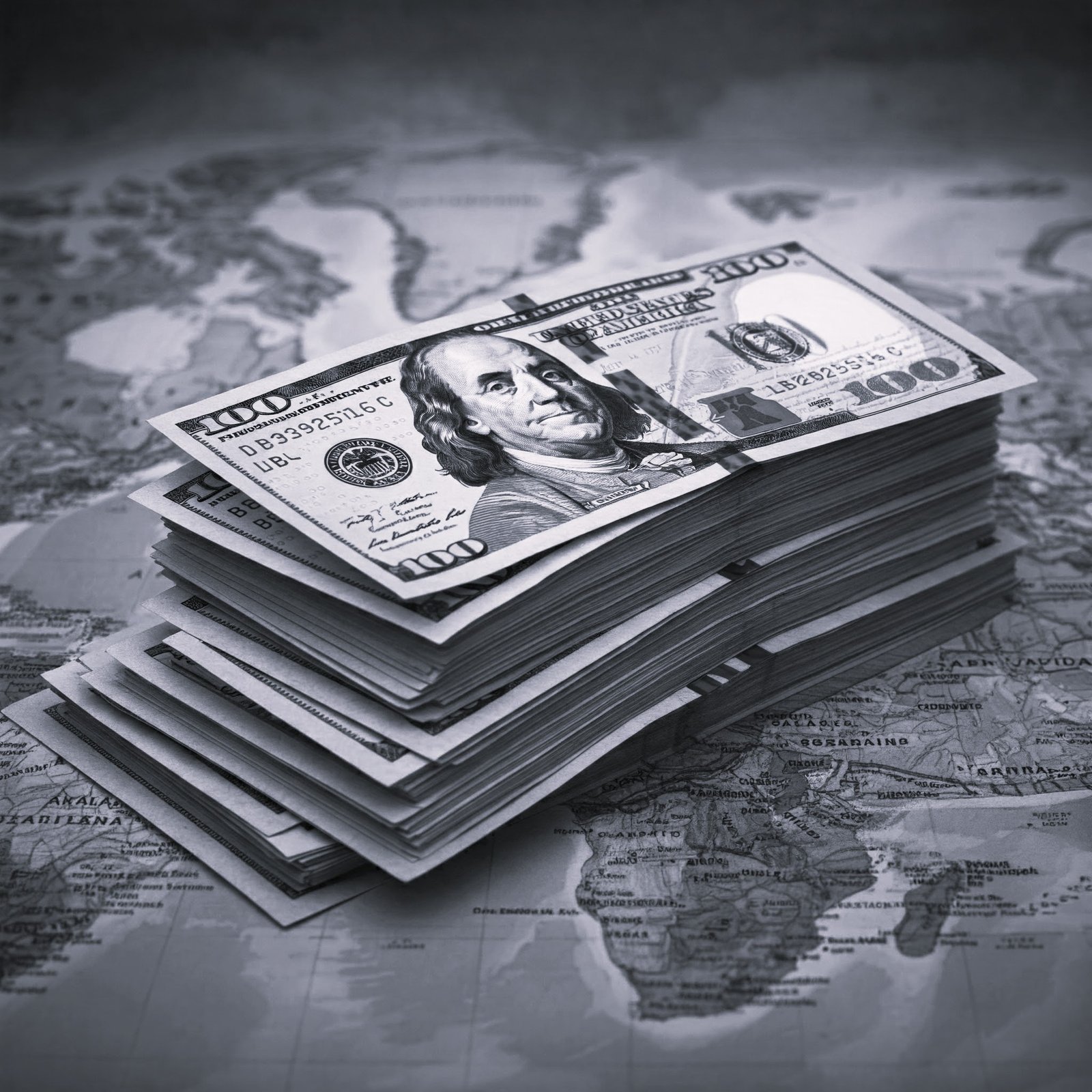The US dollar’s long-held dominance in the global economy is showing signs of waning. A new report reveals a significant decline in the dollar’s share of global foreign exchange reserves, dropping 15% since 2016. This trend, while gradual, marks a notable shift towards a multipolar financial world and accelerating de-dollarization.
Central banks around the world are increasingly diversifying their currency holdings, opting for alternatives to the greenback. This move is driven by a confluence of factors, including rising geopolitical tensions, the growing economic clout of nations like China and India, and a desire to mitigate risks associated with US economic and political volatility.
Data from the International Monetary Fund (IMF) paints a clear picture: the dollar’s share of allocated global reserves has fallen from 73% in 2016 to 58% in the second quarter of 2024. While the euro remains steady at 20%, other currencies, notably the Chinese yuan, are steadily gaining ground in international trade and finance.
This shift has significant implications. For the US, it could mean reduced economic and political leverage, potentially higher borrowing costs, and a diminished role on the world stage. For the global economy, it signals a move towards a more balanced financial system, with greater influence from emerging economies.
“The decline in the dollar’s dominance is undeniable,” says [Quote from a relevant financial expert]. “This is a long-term trend driven by fundamental shifts in the global economy.”
Evidence of de-dollarization is mounting. Countries are forging bilateral currency swap agreements, bypassing the dollar in international transactions. The BRICS nations (Brazil, Russia, India, China, and South Africa) are actively promoting the use of their own currencies and alternative payment systems.
While the dollar is expected to remain a key reserve currency for the foreseeable future, its supremacy is gradually eroding. This transition presents both challenges and opportunities for the global economy, as the world navigates a new era of financial multipolarity.


